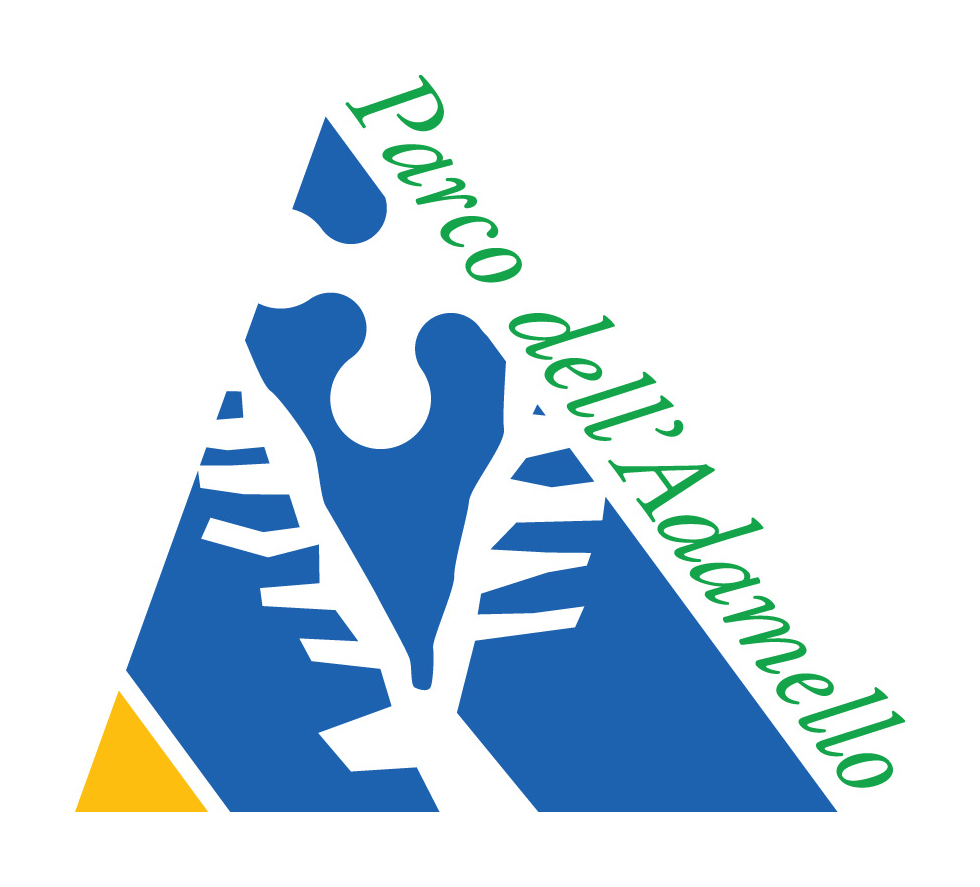Case Study
Enhancing rural landscape and its biodiversity, animating rural communities.
Contact name
Guido Pietro Calvi
Institution name
Adamello Regional Park (Management agency: Comunità Montana di Valle Camonica)
Region & country
Lombardia - Italia
Summary
In the Adamello Park, a set of actions has been made to help people recognizing their natural and cultural Heritage, with the aim to slow down the landscape abandonment and to enhance the resilience of the communities. Trying to reward good practices, rather than setting up new rules to prevent bad practices. Things functioned quite well even if changes are very slow. Now it would seem interesting to develop specific agro-environmental schemes dedicated to connecting cattle breeding on alpine pastures with habitat conservation, but some work has to be done in the ability to build tailored schemes to fit local needs.

Stakeholder at Cimbergo, Parco dell'Adamello
Photo by: Guido Calvi
Background of the project
In some villages in the Adamello Park, as people becomes older, the rural land and the original landscape is abandoned. Young people no longer recognize their natural and cultural Heritage, looking for other development models. This is perceived as a threat for the resilience of the community and could be a problem because of the disappearing of landscapes linked to human activities with all their biodiversity.
Since not everything was lost, it was important to identify those actions and activities still existent, able to contribute to preserve the rural landscape and the biodiversity. At first, attention has been concentrated on the areas closer to the small villages far from the main roads and another way of communications, because they are more prone to abandonment. One of the concern was to show the Park close to those still taking care of the Heritage to establish a dialogue with them.
Solution and actions taken
The first thing considered was to try to reward people carrying out good practices, rather than setting up new rules to prevent people from doing bad practices. Then the basic idea was to identify a toolbox of actions to play a role as rural land animators and try to set up many actions, depending on the fundings available too.
The main actions taken are:
- A grant scheme to recover dry stone walls, combined with a book about recovering and a training course;
- An open competition rewarding the best alpine vegetable garden and the best alpine meadow (agronomic and ecological objectives);
- Setting up demonstrative crops to help to develop new farming activities;
- Valuing old varieties of fruits and a local goat breed by working with the breeders to institute a Presidio Slow Food on it.
Other institutions or parties involved
The municipalities concerned about the land abandonment, the main local associations involved in land use, hobby farming, the breeders association, Slow Food.
Results
Awareness has grown. Municipalities and associations participate organizing new training courses on dry stone wall and other issues. New groups of interest are borning and they ask the Park addresses to develop ideas about a new agriculture – more ecological and tourism related. The breeders of the local goat are going on their new association. Now it could be the time to think about a project to connect cattle breeding on alpine pastures with habitat conservation.
Challenges
The first difficult was to build trust about the affordability of the Park in taking these actions because the institution is seen as an entity dealing more with conservation of nature rather than with landscape or agriculture issues. Then the funding of some actions: sometimes episodic, sometimes difficult because of conflicts with other funding schemes, some EU funding schemes too complicated for our organization.
Lessons learned
The changes are very slow, results do not arrive in short time. It is very important trying to be a reference, acting from a cultural point of view too, letting the processes growing from the bottom. In rural areas people have hidden energies: understanding the needs earn allies for the Park and its projects. Much more work have to be done in the ability to build specific agro-environmental schemes tailored to fit local needs.
Contact name
Guido Pietro Calvi
Institution name
Adamello Regional Park (Management agency: Comunità Montana di Valle Camonica)
Website(s)
